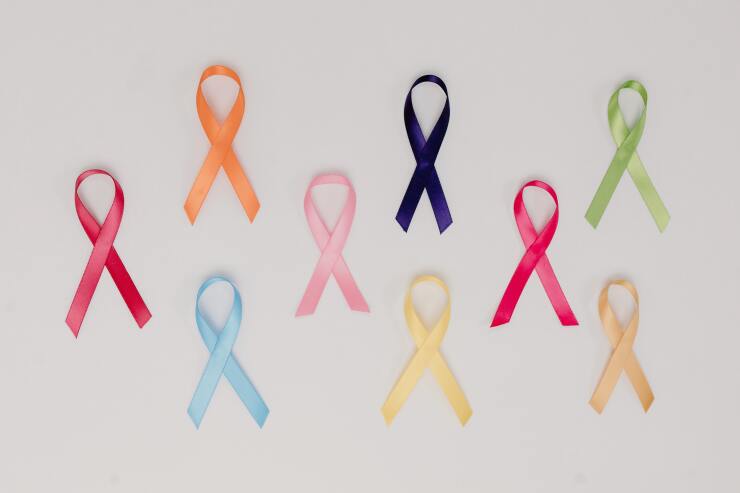Of the almost two million new cancer cases diagnosed this year, around half will be among adults of working age. Early screening is key, and employers who provide and promote this give their workforce a much stronger chance of survival.
The American Cancer Society projects over 600,000 people will die from cancer this year, and 50% of survivors will lose their job or quit, according to the National Library of Medicine. A survey from Business Group on Health found that
Read more:
With access to early screening and intervention, 45% of cancer deaths can be prevented and lead to less costly care, according to Color Health. The health technology company teamed up with the American Cancer Society on mobile and web-based cancer prevention and screening programs that help employers connect their workforce with comprehensive detection, clinical services, education and personalized support.
"We have good coverage, but we don't have good access," says Othman Laraki, CEO of Color Health. "Everything around prevention of chronic disease management is highly vulnerable to friction and competes with our daily lives. It turns out that just reducing friction to access can have a much bigger impact than most of what we've done on the treatment side."
Read more:
Currently, screening levels for the most deadly forms of cancer are
Read more:
Through its platform, Color conducts personalized health assessments to educate a participant on what screenings they need, then helps them with referrals, scheduling and transportation, Laraki says. Care advocates are available to guide members through next steps in the event of a diagnosis, or to simply field questions.
"Employers have this incredible opportunity to change the trajectory of healthcare in general, but cancer in particular, without needing to make big financial outlays," Laraki says. "Access makes human sense, and financial sense as well."






